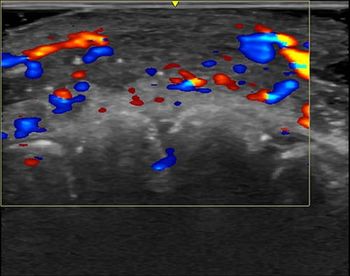
FDA Clears New AI Tool for Diagnosing Subdural Hemorrhage
Viz.ai said the Viz Subdural Hematoma (SDH) artificial intelligence (AI) algorithm provides automatic detection of acute and chronic subdural hemorrhages, facilitating timely triage and treatment of patients.
Viz Subdural Hematoma (SDH), a new artificial intelligence (AI)-powered algorithm for diagnosing subdural hemorrhages, has garnered 510(k) clearance from the Food and Drug Administration (FDA), according to Viz.ai, the manufacturer of the module.
Noting a rising incidence of subdural hematomas, Viz.ai said the
“The algorithm is very sensitive and specific, significantly increasing the number of subdural hemorrhages detected and ensuring patients receive the necessary follow-up from this potentially life-threatening disease,” maintained Jayme Strauss, the chief clinical officer at Viz.ai.
The company emphasizes that Viz SDH is currently the only AI-powered platform specifically geared to identifying and differentiating between acute and chronic subdural hemorrhages. Jason Davies, M.D., Ph.D., said this is a key benefit given the different treatment pathways for these conditions.
“Acute (subdural hemorrhages) require urgent intervention. Therefore, prompt notification will allow us to improve outcomes in emergent cases. Chronic (subdural hemorrhages) have a very different pathway and having an algorithm that identifies both can allow us to take better care of our patients,” noted Dr. Davies, an associate professor of neurosurgery and biomedical informatics at the State University of New York (SUNY) at Buffalo. “The Viz.ai algorithm ensures that patients are quickly identified and routed to the appropriate therapy.”
References
1. Neifert SN, Chaman EK, Hardigan T, et al. Increases in subdural hematoma with an aging population – the future of Amerivcan cerebrovascular disease. World Neurosurg. 2020;141;e166-e174.
2. Viz.ai. Viz.ai receives FDA 510(k) clearance for Viz SDH. Available at:
Newsletter
Stay at the forefront of radiology with the Diagnostic Imaging newsletter, delivering the latest news, clinical insights, and imaging advancements for today’s radiologists.




























